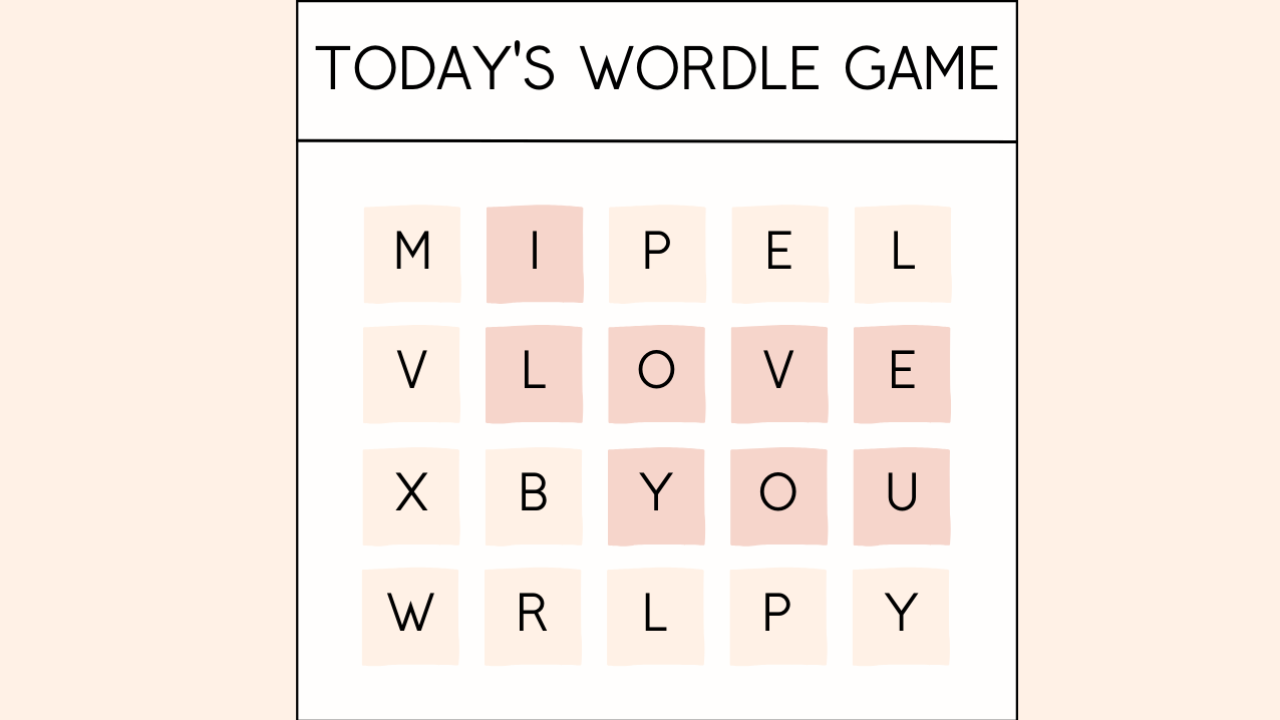Science
Wordle #1493 Revealed: Tips and Today’s Answer for Players

Today, players of the popular word puzzle game Wordle can find the answer to challenge number 1493, released on July 21, 2025. For those facing difficulty, a series of helpful hints are provided to assist in uncovering the solution.
Hints for Wordle #1493
Players seeking clues can refer to several key hints that highlight essential features of the word.
The word contains just one vowel, which is the letter I. Additionally, it begins with the letter T and ends with the letter Y. Notably, there is a repeated letter in the word: Z. The word itself describes a state of confusion or nervous excitement, often referred to as being in a tizzy.
For those who wish to avoid spoilers, the answer can be revealed by scrolling further down.
Today’s Wordle Answer
The answer to Wordle #1493 is TIZZ, a term commonly used to describe a state of nervousness or confusion. This informal expression is typically employed when someone is agitated or overwhelmed by unexpected news or situations.
For interested players, there is also a recap of the previous day’s Wordle. For instance, Wordle #1492, released on July 20, 2025, had the answer BLANK. This word also contained one vowel, A, started with the letter B, and ended with K. The term describes something that is empty or devoid of content.
Recent Wordle Answers
For avid followers of the game, here is a summary of answers from May 31 to July 20, 2025:
– **#1492** – July 20: BLANK
– **#1491** – July 19: SWORD
– **#1490** – July 18: LORIS
– **#1489** – July 17: MODAL
– **#1488** – July 16: NERVY
– **#1487** – July 15: FOIST
– **#1486** – July 14: UNDID
– **#1485** – July 13: GNOME
– **#1484** – July 12: EXILE
– **#1483** – July 11: BRAND
This list can help players track their progress and strategize for future word challenges. As players continue to engage with Wordle, they can enhance their vocabulary and enjoy the fun of puzzle-solving.
-

 World5 months ago
World5 months agoSBI Announces QIP Floor Price at ₹811.05 Per Share
-

 Lifestyle5 months ago
Lifestyle5 months agoCept Unveils ₹3.1 Crore Urban Mobility Plan for Sustainable Growth
-

 Science4 months ago
Science4 months agoNew Blood Group Discovered in South Indian Woman at Rotary Centre
-

 World5 months ago
World5 months agoTorrential Rains Cause Flash Flooding in New York and New Jersey
-

 Top Stories5 months ago
Top Stories5 months agoKonkani Cultural Organisation to Host Pearl Jubilee in Abu Dhabi
-

 Sports4 months ago
Sports4 months agoBroad Advocates for Bowling Change Ahead of Final Test Against India
-

 Science5 months ago
Science5 months agoNothing Headphone 1 Review: A Bold Contender in Audio Design
-

 Top Stories5 months ago
Top Stories5 months agoAir India Crash Investigation Highlights Boeing Fuel Switch Concerns
-

 Business5 months ago
Business5 months agoIndian Stock Market Rebounds: Sensex and Nifty Rise After Four-Day Decline
-

 Sports4 months ago
Sports4 months agoCristian Totti Retires at 19: Pressure of Fame Takes Toll
-

 Politics5 months ago
Politics5 months agoAbandoned Doberman Finds New Home After Journey to Prague
-

 Top Stories5 months ago
Top Stories5 months agoPatna Bank Manager Abhishek Varun Found Dead in Well









